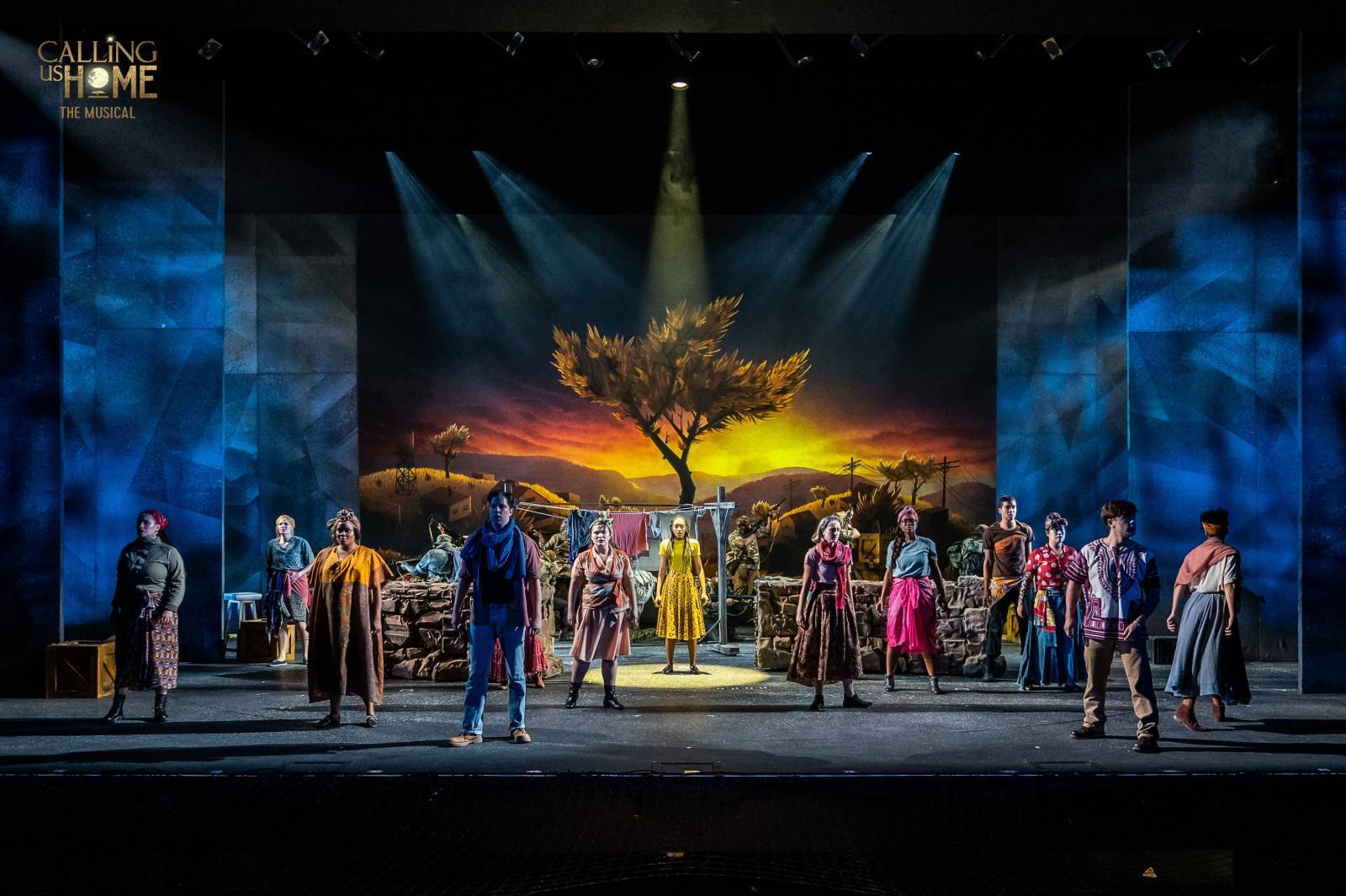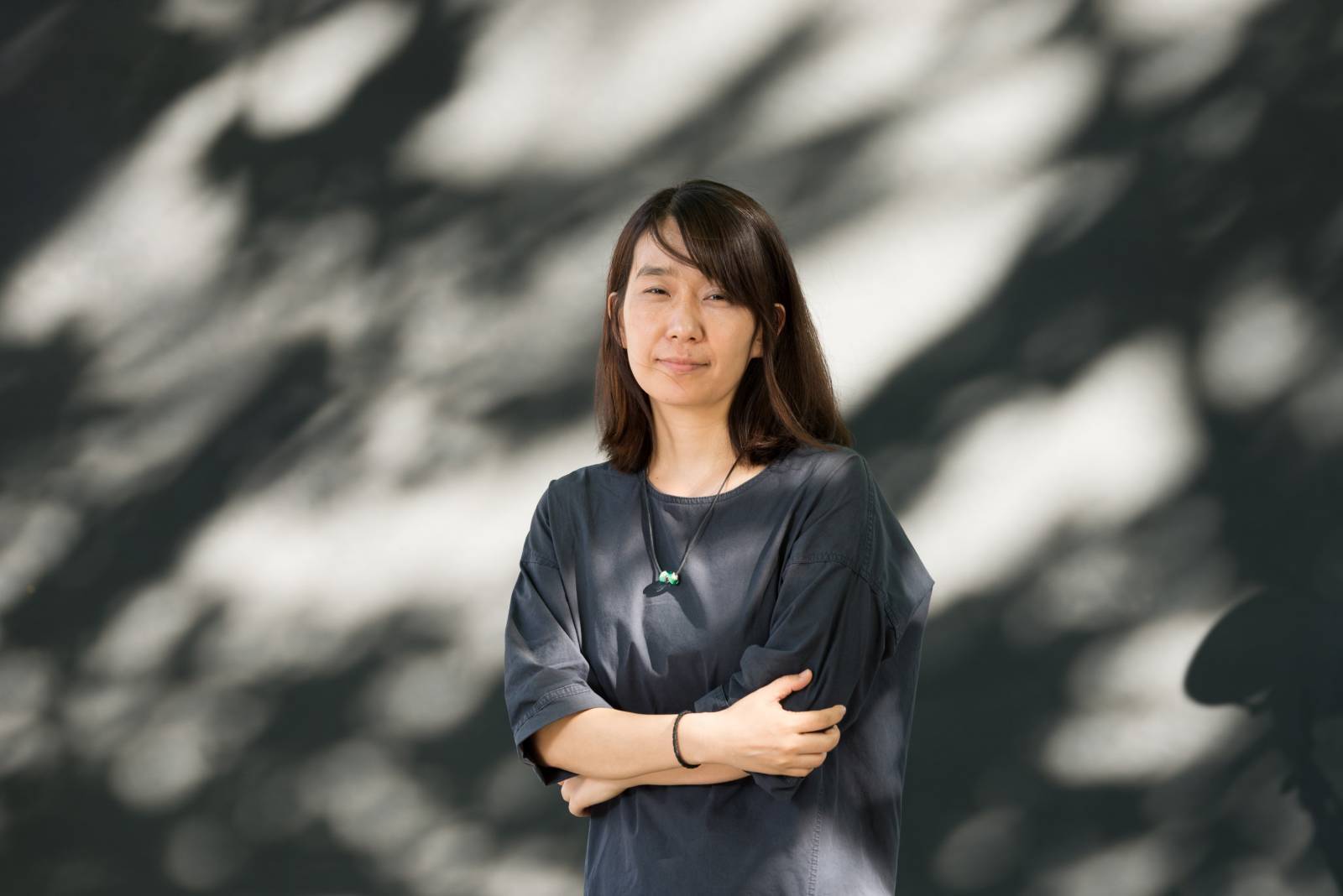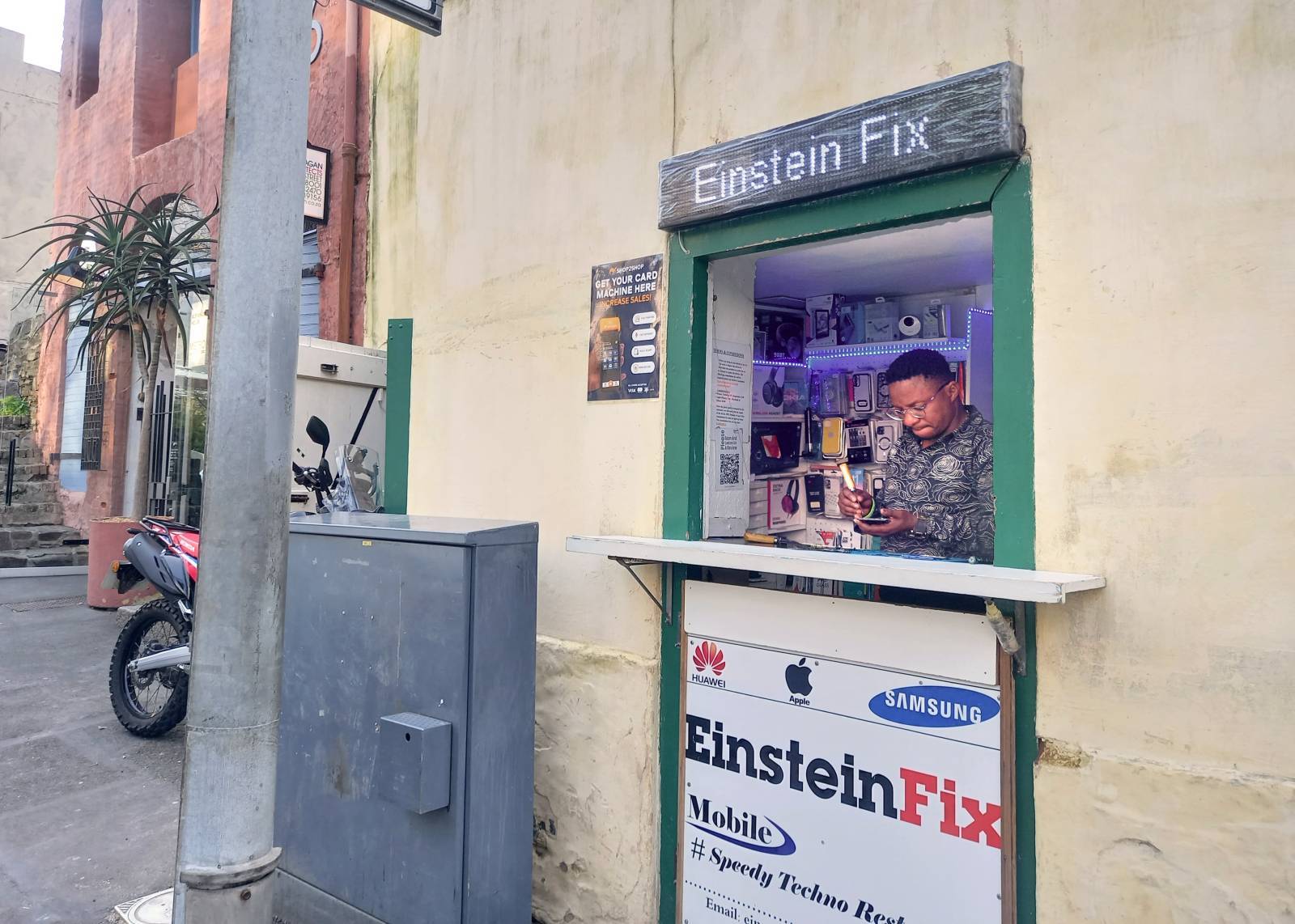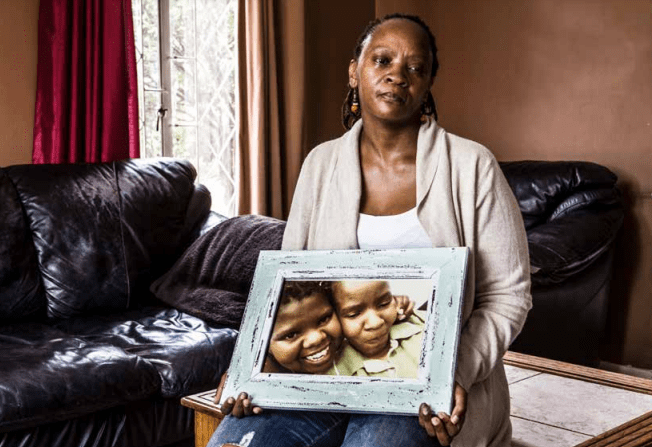Sabelo Mlangeni: The grey and green of trauma
Photographer’s homecoming exhibition travels through art, memory and being black in the West
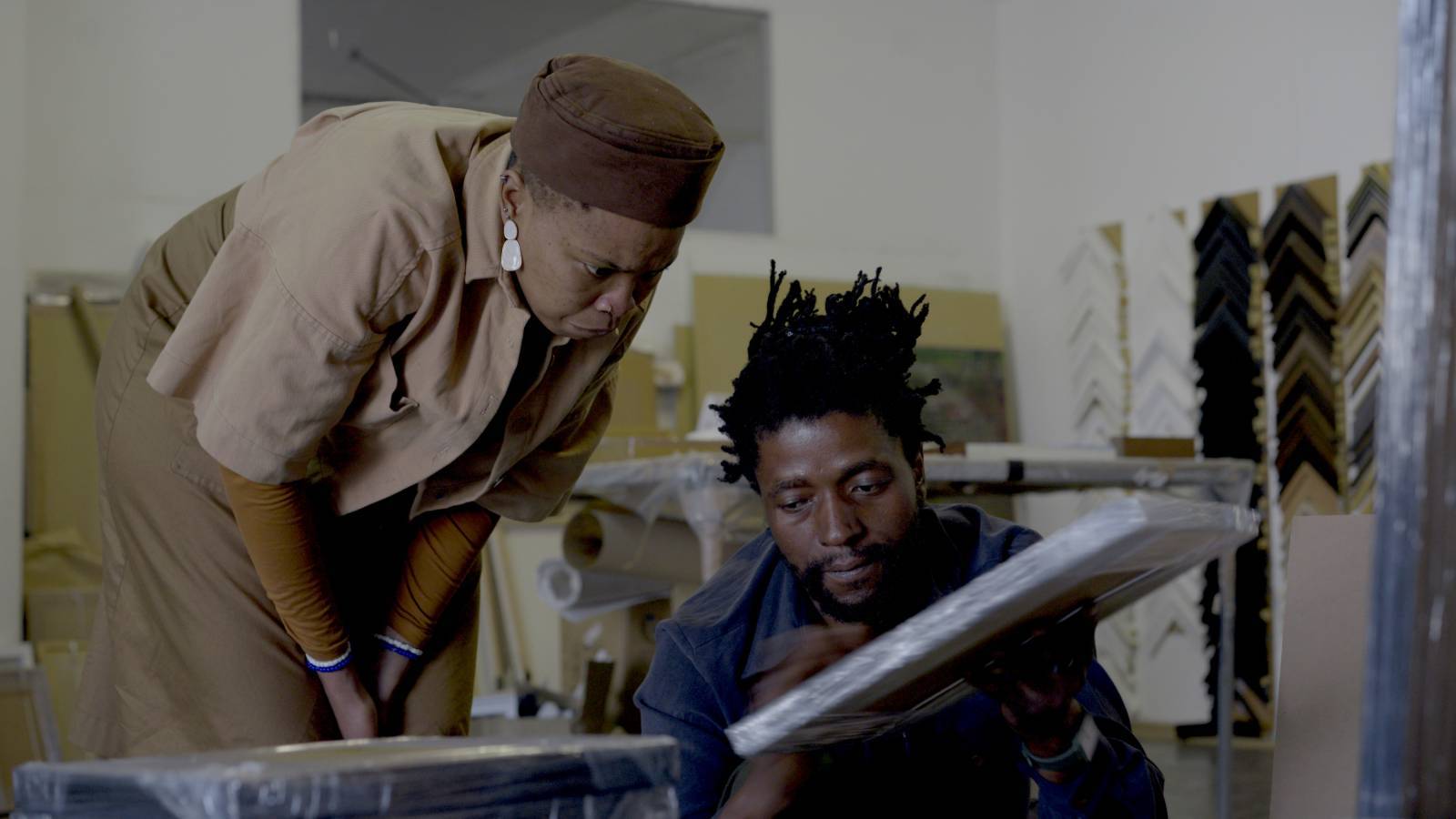
On the Joburg visual art scene, there’s an ongoing longing for residence — a yearning to escape to Europe, away from the perils and uncertainties emerging artists face here.
For those still waiting to break through the barrier, being a visual practitioner in Jozi isn’t easy, especially for those going at it alone.
The struggle to answer their calling is real — from gathering the materials necessary to create, to securing studio space, to simply finding a roof over their head, particularly for those who have come from other provinces.
It’s a perilous affair, often doused with alcohol as a coping mechanism, while keeping an eye out for a saviour — a buyer or, even better, a European institution that might recognise their talent amid the multitude of others in the city’s abundant, but competitive, art scene.
Today, real arrival seems to lie in Berlin, Paris — or wherever else on the Western side of the globe. The dream of being embraced by these cultural capitals fuels a particular trajectory for African artists, one that involves not just geographic movement, but the emotional and cultural negotiation of identity.
So, when internationally acclaimed photographer Sabelo Mlangeni returns home to exhibit at the Umhlabathi Gallery in Newtown, it’s an intentional act.
It’s a reconnection for this gentle son of the soil, a founding member of this collective of photographers, and a poignant reminder that home — despite the challenges — still holds immense significance.
Mlangeni’s homecoming exhibition, titled Ngiyobona Phambili (I will cross the bridge when I get there), curated by Kamogelo Walaza, is stark and revealing. The body of work comprises, among other things, photos of European landscapes taken during Mlangeni’s travels to places like Basel, Berlin and Paris.
These trips, while they can be necessary for advancing an artist’s career, come with their own struggles. African artists like Mlangeni are thrust into foreign environments where they often have to pack away their Africanness, their blackness, concealing it deep within their hearts, as they navigate predominantly white spaces that rarely understand or accommodate the weight of their identity.
The artist statement for Ngiyobona Phambili offers a succinct intervention in this ongoing conversation: “This exhibition of landscape photographic experiments reveals Sabelo’s entanglements with landscape, the power of arts pedagogy and the trouble of settler colonialism.”
His work doesn’t just depict landscapes; it also delves into the ideological and historical complexities that accompany being a black artist abroad. For Mlangeni, landscapes are not just physical environments — they are repositories of memory, trauma, and history. They carry the scars of colonialism, and for artists like him, engaging with these landscapes is also about confronting these layers of meaning.
His photos challenge viewers to see beyond the beauty of the landscapes and consider the stories they hold.
At one of the talks during the exhibition run, Mlangeni spoke directly about the experiences that birthed these works, which began in 2010: “There are a few ways to look into the experience of being abroad.
“First, you can look at the trauma and violence you experience as a person from Africa.
“That trauma is multifaceted — it’s not just about direct encounters with exclusion or hostility but also about the weight of colonial history and the ongoing marginalisation of African artists in the global art scene.”
Mlangeni’s reflection opens up an important conversation about the mental and emotional toll that comes with being an artist abroad.
His work engages with the subtle, often invisible, ways that violence manifests in these spaces. The very act of moving through European cities as a black person brings with it a history of displacement and marginalisation.
“Or you can look into the community that you find in residences,” Mlangeni continues.
“Working and sharing with other artists is very valuable — it’s like a laboratory of ideas. But, ja, the institutions have not transformed and those that previously excluded black artists and women are trying to fill in those gaps suddenly. Is it because the world is changing for the better or are they bowing to pressure?”
His comments hit home — while these residencies are valuable, they also force African artists into a position where they must negotiate their identities within spaces that weren’t built for them.
Western art institutions have a long history of excluding marginalised voices, and while there’s now a scramble to include them, the question remains whether these efforts are genuine or just performative.
Mlangeni’s return to South Africa, through Ngiyobona Phambili, is about more than geography. It’s about reclaiming space — both literally, in Joburg’s art world, and metaphorically, in asserting his identity and history as a black African artist.
His exhibition, the first on home soil in six years, carries immense weight within the city’s art community. It’s an acknowledgment of the myriad ways black practitioners exist within society, a moment that continues to resonate within the artistic fraternity. Only Ayanda Mabulu’s ceremonial ritual at Kalashnikovv Gallery in Braamfontein some years ago comes close in comparison.
Curator Walaza’s influence in shaping the exhibition is undeniable. Her hand is evident throughout the exhibition space, from the arrangement of the works to the careful consideration of colour.
Some works protrude from the walls, their linear arrangement suggesting power and institutional control. Other pieces rest on the floor, inviting the viewer to engage with them in a more intimate way.
These spatial decisions reflect a deliberate attempt to disrupt the viewer’s typical experience of a gallery and encourage a deeper, more personal, interaction with the work.
Walaza explained: “We spoke a lot about Sabelo’s experience and the traumatic events he’s shared.
“This is why I chose a sombre colour palette, with grey and green being very present. Grey represents the gloom and despair associated with trauma, while green symbolises landscapes and renewal.
“I believe it’s important to offer a sense of hope alongside the darkness. The lines in the artwork are intentionally static, reflecting the feeling of being trapped in trauma.”
Her curatorial choices extend beyond the visual, infusing the space with layers of meaning. The static lines speak to the psychological paralysis often felt by those experiencing trauma, while the arrangement of works across the floor disrupts traditional modes of viewing, prompting viewers to experience the space differently.
Mlangeni’s photographs are deeply introspective, inviting viewers into ephemeral, contemplative spaces. His work explores the fluidity of identity and the precariousness of memory.
Mlangeni has obscured and erased elements from his images, leaving traces of his intervention behind.
These quiet, meditative works blend abstraction, historical preservation, and nostalgia, while critically examining the photograph as a medium that can both reveal and obscure reality.
The artist is deliberate in his decision to create these absences, to obscure parts of the image.
“I wanted to explore how landscape can hold the weight of history and trauma,” he says. “By obscuring and erasing elements of the photographs, I aim to create spaces for contemplation and reflection.”
His work goes beyond the visual — it becomes a meditative experience for the viewer, inviting them to sit with the tension between what’s present and what’s deliberately hidden.
Over time, his work has come to embody the complexities of memory and the constructed nature of reality.
The use of shadows, silhouettes, and fragmented landscapes evokes a sense of nostalgia, while simultaneously critiquing the idea of photography as a definitive record of the past.
Ngiyobona Phambili serves as both a homecoming and a critique. It’s a return to familiar spaces but also a confrontation with the global art world’s ongoing struggle with inclusivity and representation.
Mlangeni’s work forces us to reckon with the ways in which landscapes — both physical and ideological — shape our understanding of identity, history and belonging.
As Johannesburg’s art scene continues to grapple with its place in the global cultural landscape, artists like Mlangeni remind us that the journey doesn’t end with “arriving” in Europe or the West. The real work lies in returning home and making sense of what has been left behind.
Ngiyobona Phambili is on at Umhlabathi Gallery, 3 Helen Joseph Street, Newtown, until 25 October.
What's Your Reaction?





















